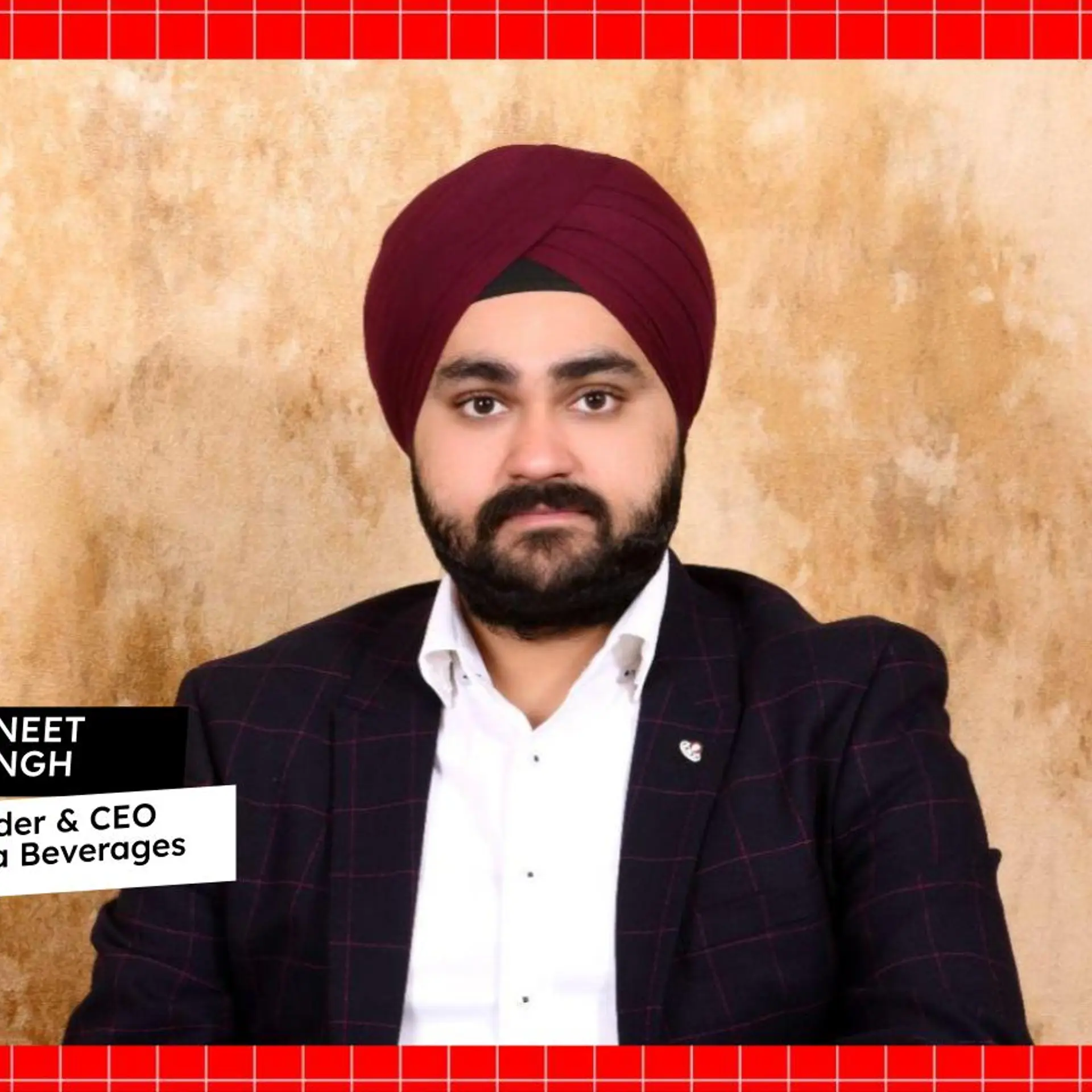Dolby's ear to the ground: the vernacular opportunity
With customers regularly upgrading their devices, distributors have a lot of ability and flexibility to constantly enhance and improve, says Pankaj Kedia of Dolby Laboratories.
What is the impact of different sounds on our brain? How do different sounds help in creating a better experience? These are some questions Dolby Laboratories’ researchers seek answers to when they develop technologies to help evoke a more life-like experience in entertainment.
Dolby transforms the science of sight and sound through innovative research and engineering, empowering creatives to elevate their stories and allowing consumers to get an immersive entertainment experience.
Dolby Laboratories specialises in innovation research and engineering to make audio and visual content more immersive. It works with creators, distributors and consumer electronics manufacturers to improve viewing experience, and licenses its technologies to them.
Earlier this year, Dolby partnered with the tech giant Apple—Dolby Atmos provides an audio technology with sound that moves around the user in an immersive soundscape. It had previously worked with Apple to capture high quality and more detailed iPhone videos and images with Dolby Vision.
It has also partnered with other companies in the ecosystem, such as streaming platforms DisneyPlus and Netflix, as well as device manufacturers like LG and Samsung to improve the experience of entertainment.
Dolby Laboratories has 30 employees in India.
The amount of content consumption on mobile devices in India is higher than in some of the western countries, says Pankaj Kedia, Managing Director for the Emerging Markets regions, Dolby Laboratories.

He sees this as a big opportunity. “Vernacular is a really interesting opportunity,” Kedia says, referring to how the diverse market is distinct from the western markets that Dolby caters to through its ecosystem partners.
Content in regional languages “expands the connection,” Kedia says, adding that it offers a deeper understanding than with the standard choice of languages.
The expansion to different regional languages beyond English and Hindi helps Dolby expand its customer base. More and more people can listen to music and songs in regional languages.
The technological improvement in electronic devices has also opened up newer possibilities, Kedia notes. The evolution in devices has expanded capabilities, and consumers can get a better experience with improved quality.
Technology has made content-distribution easier and quicker. “As long as you have an internet connection on your device, you can now get streaming services,” Kedia says. This has allowed the entertainment ecosystem to scale up, increasing the efficiency and speed of distribution of content.
“There's been so much rapid change in the capability of devices, and it keeps changing every year,” Kedia says, adding that consumers are willing to upgrade their devices more often for higher quality.
“This gives distributors a lot of ability and flexibility to constantly enhance and improve,” Kedia says. “As the experience keeps improving, people are willing to pay more.”
Businesses in the entertainment industry are keen on making the experience of watching content through screens better—more detailed and closer to reality. They want consumers to have an immersive experience: to make them feel like they are a part of the environment where they hear the sound or watch a scene.
“They're able to hear instruments and sounds that they had previously not heard in that same song,” Kedia says. These details can be a bass guitar riff or the breath of a singer into the microphone. With the improvement in immersive technology, the sound or the music has a lot of granular details and more clarity.
“The sense of separation goes away. You feel closer to the artist, feel much more closer to the music,” he explains. “That results into a much, much more immersive, enhanced, and really a much deeper experience with that same piece of content and the creator.”
Dolby has close to 3,000 people in the company globally with teams spread across neuroscience research, technical research, engineering among others.
“We always put the content creator at the centre of our ecosystem,” Kedia says. "We work across the entire ecosystem to make sure that the vision of the content-creator is preserved, and delivered as intended."
Edited by Kunal Talgeri






